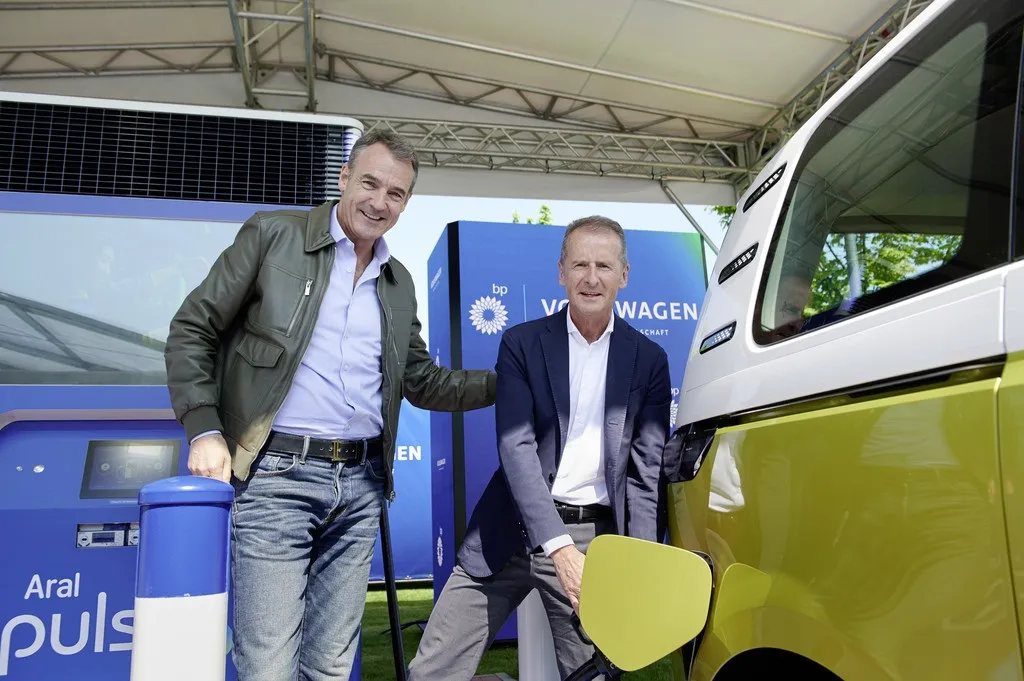
Visit Guangzhou
Each of the solar powered lights have 16 LEDs plus a reflective sections of the cover which, according to the company, means it can be seen by drivers at up to 1km away. The lights automatically turn on and off as daylight fades and returns and the unit is said to meet European standards.
A relatively large (1.5 Watt) solar panel is fitted to cope with northern European conditions and generous energy storage capacity means one day’s charging is sufficient for 10 days of operation. The rechargeable batteries are easily changeable either to cater for continued use in areas with little daylight or for maintenance purposes.









